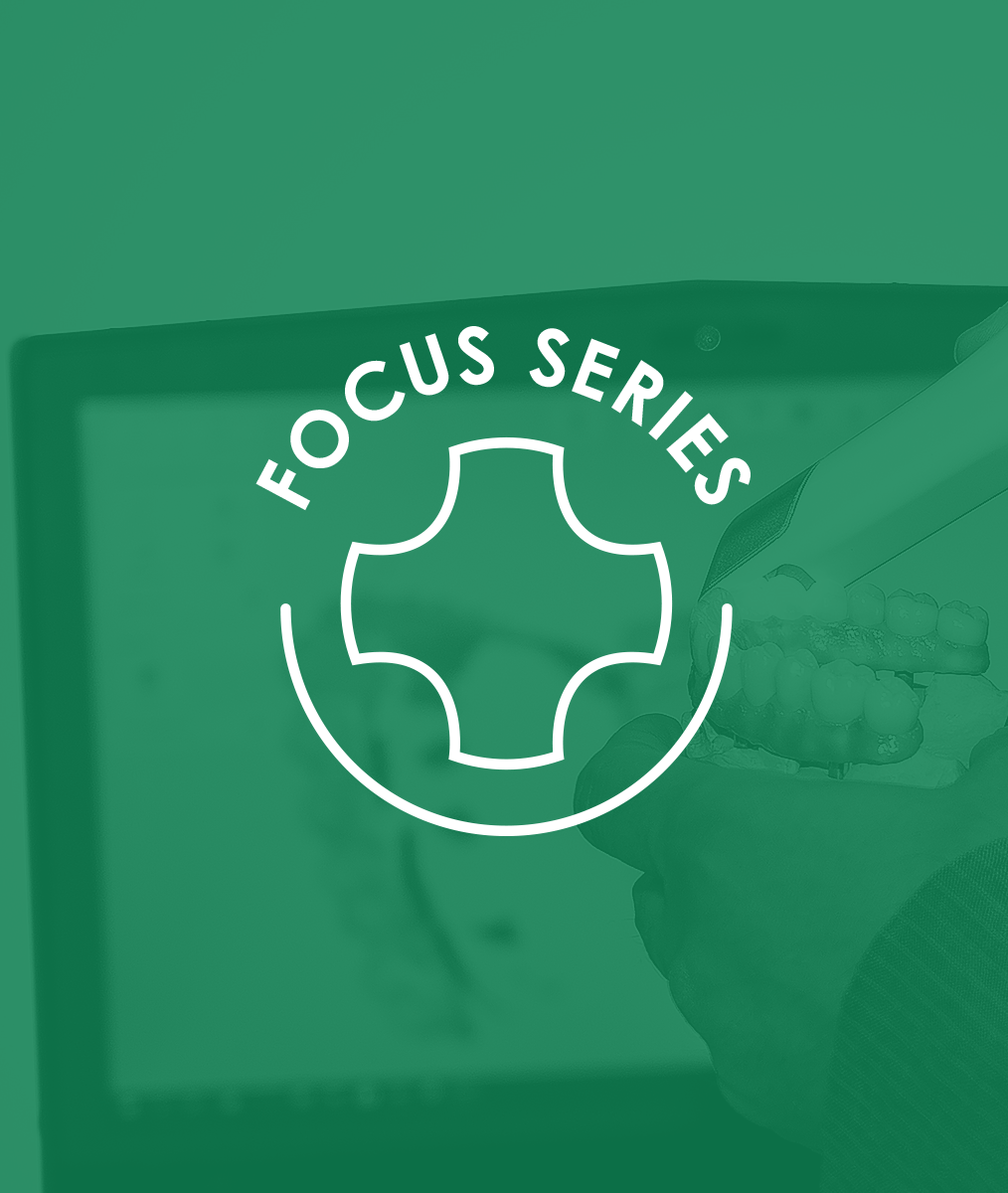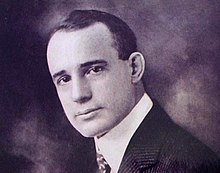How to Revitalize Your Practice Vision
Solving common problems in the dental practice is all about mindset. Solutions tend to come from a better inherent understanding of your practice’s values and vision. Clarity of vision makes problems simpler. Thus, one powerful way to use your vision is to make it the basis for how you practice. But first, you must revitalize or find it through a model such as the Appreciative Inquiry Model.
Revitalize and Problem Solve in Your Practice
Part of the problem solving process is finding the disconnect between what you say and what you do. Problems can be worsened if something is clear for the dentist and not for the team.
Vision is the life-blood of a practice. It is the dream that feels within reach, that is worked toward because it is understood to be achievable. So how do you figure out what yours is?
Using the Appreciative Inquiry Model
A problem solving model is not your friend in searching for a viable vision. Why is this? Problem solving models start by identifying a problem and analyzing it. This is then used to guide action.
The flaw in this seemingly sensible model is that it begins from a place of ‘wrongness’ or ‘missing.’ Instead, it is more productive to focus on what is currently good about what you have and how you can enhance it. This a subtle shift in perspective and mindset that sets the tone of the ‘problem-solving’ conversation.
What I’ve just described is known as the Appreciative Inquiry (AI) Model. It begins with appreciation and valuing what is, then transitions to envisioning what might be, and concludes with a dialogue about what should be.
The envisioning portion is all about considering values, vision, and vitality. You look forward, not backward, because that is the best way to deliberately stumble upon a new or more inspiring vision.
What gives your practice life? It would be difficult to find out by focusing on the negatives. There is a kind of magic to looking around with fresh eyes and realizing the positive attributes you already possess.
AI enables you to ask what you want, rather than what you don’t want. It focuses on building from a foundation you already have, so that you are not resource poor, but in fact capable of changing based on the abundance you already contain.
What is your practice vision and how did you come to it? We’d love to hear your thoughts in the comments!
Related Course
Functional Esthetic Excellence – Utilizing 100% Digital Workflow
DATE: May 8 2025 @ 8:00 am - May 10 2025 @ 2:00 pmLocation: The Pankey Institute
CE HOURS: 25
Dentist Tuition: $ 3195
Single Occupancy with Ensuite Private Bath (per night): $ 345
Embracing Digital Dentistry This course will introduce each participant to the possibilities of complex case planning utilizing 100% digital workflows. Special emphasis will be placed on understanding how software can…
Learn More>













